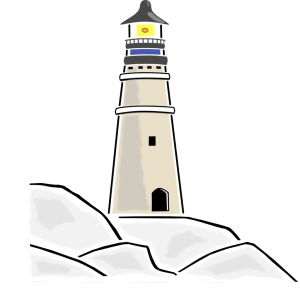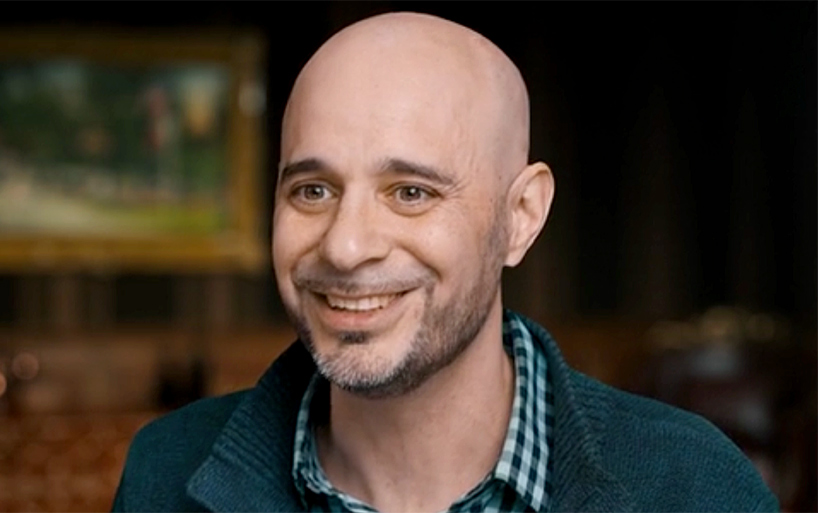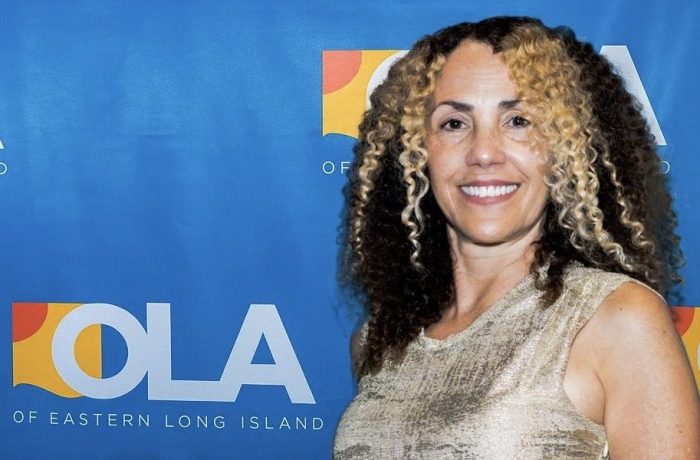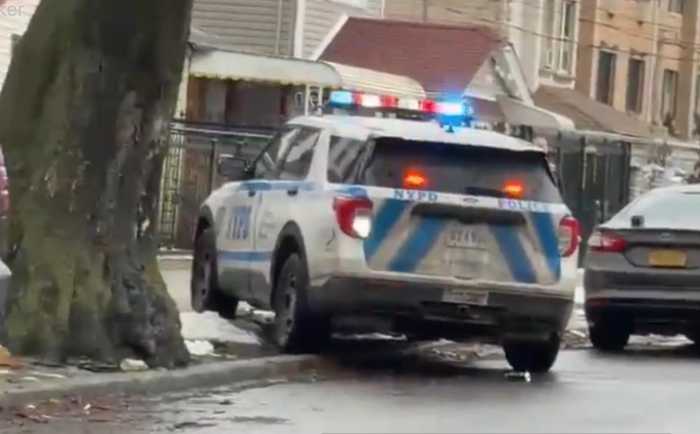The lighthouse is located in Sands Point, at the northern tip of the Cow Neck (now Port Washington) Peninsula. Sands Point was named after Captain John Sands (1649-1712), a prosperous sea captain, and his brothers James and Samuel, who acquired land in 1691. The first Congress of the U.S., in its ninth official act in 1789, placed responsibility for erecting and maintaining lighthouses with the Treasury Department. Alexander Hamilton was serving as the first Secretary of the Treasury. This legislation was passed to protect the extensive traffic on the nation’s waterways. By this period, the Long Island Sound was the equivalent of a nautical Long Island Expressway. In 1806, U.S. Senator Samuel Mitchell, a homeowner on the Cow Neck peninsula, petitioned Congress to build a lighthouse on Watch Point, the tip of Sands Point. The government purchased the five acres of land encompassing Watch Point for $512.50 from Benjamin and Jerima Hewlet, who had bought it from Samuel Sands in about 1791. In March 1809, the Treasury Department awarded the contract to build the lighthouse to Noah Mason, a Revolutionary War veteran and sea captain from New London, CT. By September 1809, the lighthouse, built of octagonal brownstone blocks, four-feet-thick at the base, was completed. The structure measures 80 feet from ground level to lantern room. A wooden spiral staircase ascended to the lantern gallery.
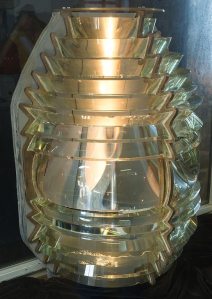
The U.S. Lighthouse Board was formed in 1852 after the Treasury’s haphazard and decentralized supervision proved to be inadequate. Many lighthouses had fallen into disrepair and it was necessary to install new lighting technology. The original Sands Point light was probably a spider lantern (fueled by sperm whale oil), which contained an oil reservoir with tubes with solid wicks that protruded through the circumference of the lamp. When lit, the wicks gave off fumes causing burning in the eyes of the keepers. This curtailed the time keepers could be in the gallery. Eventually, ventilator balls were added to the peak of the gallery’s roof. In 1838, these lamps were probably replaced with the Winslow Lewis system of 11 lamps with 9-inch parabolic reflectors, which were replaced by the fourth-order Fresnel lens with revolving white lights in 1856. In about 1907, the Fresnel lenses were replaced with a fixed white light so that ships could discriminate between the Sands Point light and the flashing white light of the Execution Rock Lighthouse, located about a mile north. When the Sands Point Lighthouse was decommissioned in 1922, the government removed the light. Alva Belmont acquired the lighthouse in 1924 and replaced the light with an exact replica. She owned the adjoining property. A steel tower with a green flashing light replaced the lighthouse. It was built on the end of the reef.
Noah Mason, both the builder and keeper of the Sands Point Lighthouse, had a home and farm on the lower end of present-day Hoffstat Lane, then called Mason’s Island. Mason lived there and tended the lighthouse until his death on March 13, 1841. He is buried in the Sands Cemetery.
In 1868 (dated on exterior wall) a two-and-a-half story brick house with eight rooms was built next to the lighthouse, connected to the lighthouse by an enclosed passageway. Lighthouse keeper John Seaman was probably the first occupant. After the lighthouse was decommissioned in 1922 and purchased in 1924 by Alva Vanderbilt Belmont, the keeper’s cottage was enlarged and used as a guest house for visitors to her French Gothic mansion, “Beacon Towers,” next door. She sold the property in 1927 to William Randolph Hearst, of San Simeon fame, who renovated the mansion. Mrs. Hearst preferred staying in the keeper’s cottage while guests stayed in the mansion on the waterfront. She left the property in 1937, claiming that it was too expensive to maintain. In 1940, Hearst transferred the property to the Dime Savings Bank to pay off his $93,000 mortgage. The house was demolished when the bank could not find a buyer, but the lighthouse and keepers cottage remained. Edmund G. Burke bought the property (11 acres) and divided it into one-acre lots. In the 1960s the keeper’s house was enlarged by the owner, S. Heagan Bayles. The property, lighthouse and keepers cottage were purchased in 1994 by the current owners Don and Ilene Vultaggio. From 1924 on the private owners maintained the lighthouse and keepers cottage. It was landmarked by The Village of Sands Point and New York State in October 1992.
Irmgard Carras, PhD, is the Village of Sands Point Historian.





